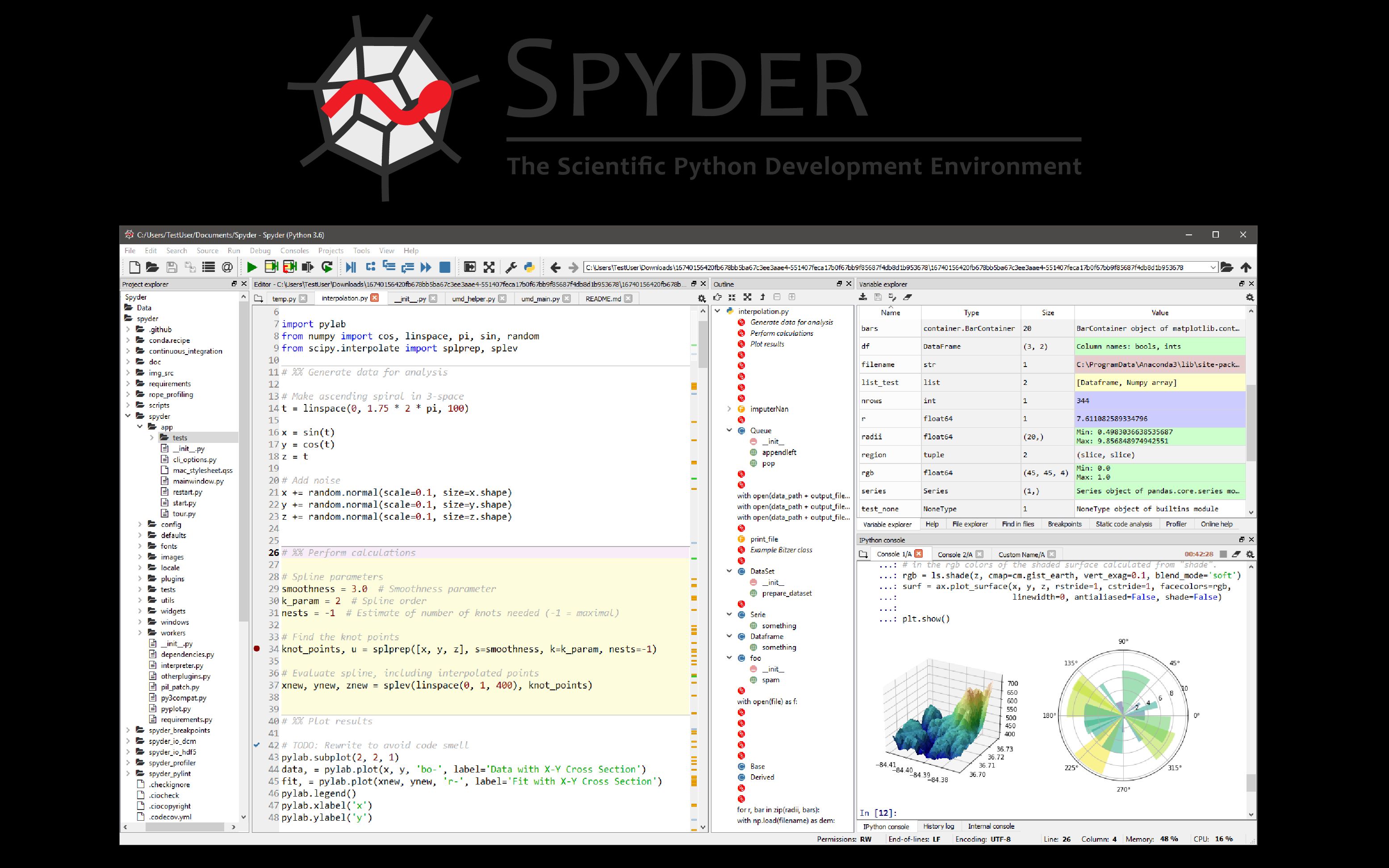

A dropdown box at the center-top of the GUI should list installed packages.Select Environments in the left-hand column.Start the Anaconda Navigator application.To list all installed packages in a local Anaconda environment using Anaconda Navigator, do the following: To list locally installed packages and their version # within a Conda environment, open the Anaconda Prompt and enter the following command: conda list Installed shared (i.e., OS-level) dependencies.If you prefer to see a visual representation of the packages in your local/virtual environment, you can use the ActiveState Platform’s Web GUI, which shows: This command will list all packages installed, including any dependencies that are found in a Pipfile.lock file. To list locally installed packages and their version # within a pipenv environment, cd into a pipenv project and enter the following command: pipenv lock -r If you just want to list a single, locally installed package and its version #, you can use one of the following commands, depending on your OS:
Link thonny and anaconda how to#
How to List Python Packages that are Locally Installed PipĪlthough pip installs packages globally by default, packages that have been installed locally with the –user option can also be listed using the same –user option, as follows: pip list -user To list a single globally installed package and its version #, use the following command depending on your OS: To list globally installed packages and their version # use: pip list Pip installs packages globally by default. How to List Python Packages that are Globally Installed The Pipenv, Anaconda Navigator and Conda package managers can also be used to list locally installed packages in their respective environments.īefore listing packages, it’s always a good practice to ensure that up-to-date versions of Python, Pip, Pipenv, Anaconda Navigator and Conda are in place. The Pip Package Manager can be used to list both globally and locally installed Python packages. This creates an isolated environment that will avoid many of the problems that arise because of shared libraries/ dependencies.
Link thonny and anaconda install#
How to List Python PackagesĪs a best practice, you should always install Python and the packages you need into a separate virtual environment for each project. Locally installed Python and all packages will be installed under a directory similar to ~/.local/bin/ for a Unix-based system, or \Users\Username\AppData\Local\Programs\ for Windows. Typically, that means Python and all packages will get installed to a directory under /usr/local/bin/ for a Unix-based system, or \Program Files\ for Windows.Ĭonversely, when a package is installed locally, it’s only made available to the user that installed it.


When a package is installed globally, it’s made available to all users that log into the system.


 0 kommentar(er)
0 kommentar(er)
